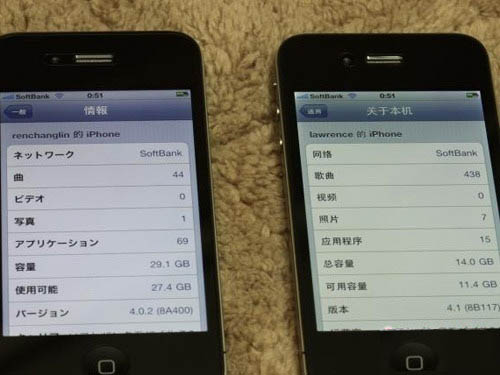Why do some LCD screens have cooler tones and some have warmer tones?
2025-06-02
Customers often report that some LCD screens produced by different screen manufacturers look cooler in color, while others look warmer in color. Today I will briefly explain it here:
First, the LCD screen itself does not emit light, and usually requires a backlight to display images. There may be different types of backlights, such as LED backlights, and LEDs have different color temperatures. If the color temperature is high, the light is bluer, which is a cool tone; if the color temperature is low, the light is yellower, which is a warm tone. So it is possible that the different color temperatures of the backlight will cause differences in the overall color tone of the screen.
In addition, it is also possible that the warm and cold tones mentioned by the customer refer to the settings of the screen itself, such as night mode or eye protection mode. These modes usually reduce blue light and make the screen warmer. The liquid crystal layer of the LCD screen itself does not actively change the color temperature. It is more the result of backlight and software adjustments. The customer may confuse the factors of hardware and software, so the impact of these two aspects needs to be explained clearly.
In addition, users may not be aware of the standard of color temperature, such as 6500K is a common cool tone, and below 5000K is warmer. Therefore, different devices have different color temperature settings, which leads to visual differences. The following are the differences in backlight color temperature and the impact of environmental adaptation adjustment:

1. Color temperature of backlight
· Cool tones (high color temperature): When using LED backlight with high color temperature (such as 6500K-10000K), the light contains more blue components, the screen is cooler overall, and the colors are brighter, which is suitable for design, film and television and other scenes.
· Warm tones (low color temperature): The backlight with low color temperature (such as 4000K-5000K) is yellowish, and the screen appears soft, which is suitable for long-term reading or night use, reducing the stimulation of blue light to the eyes.
2. Environmental adaptive adjustment
· Some displays or mobile phones will automatically adjust the color temperature according to the ambient light sensor:
· When the light is strong during the day, the screen is cooler to improve clarity;
· When the light is dark at night, the screen is warmer to reduce fatigue.
Shenzhen Hongjia Technology can customize cool or warm backlights according to customer requirements to meet the personalized needs of our customers.
 English
English Español
Español Português
Português русский
русский Français
Français 日本語
日本語 Deutsch
Deutsch tiếng Việt
tiếng Việt Italiano
Italiano Nederlands
Nederlands ภาษาไทย
ภาษาไทย Polski
Polski 한국어
한국어 Svenska
Svenska magyar
magyar Malay
Malay বাংলা ভাষার
বাংলা ভাষার Dansk
Dansk Suomi
Suomi हिन्दी
हिन्दी


